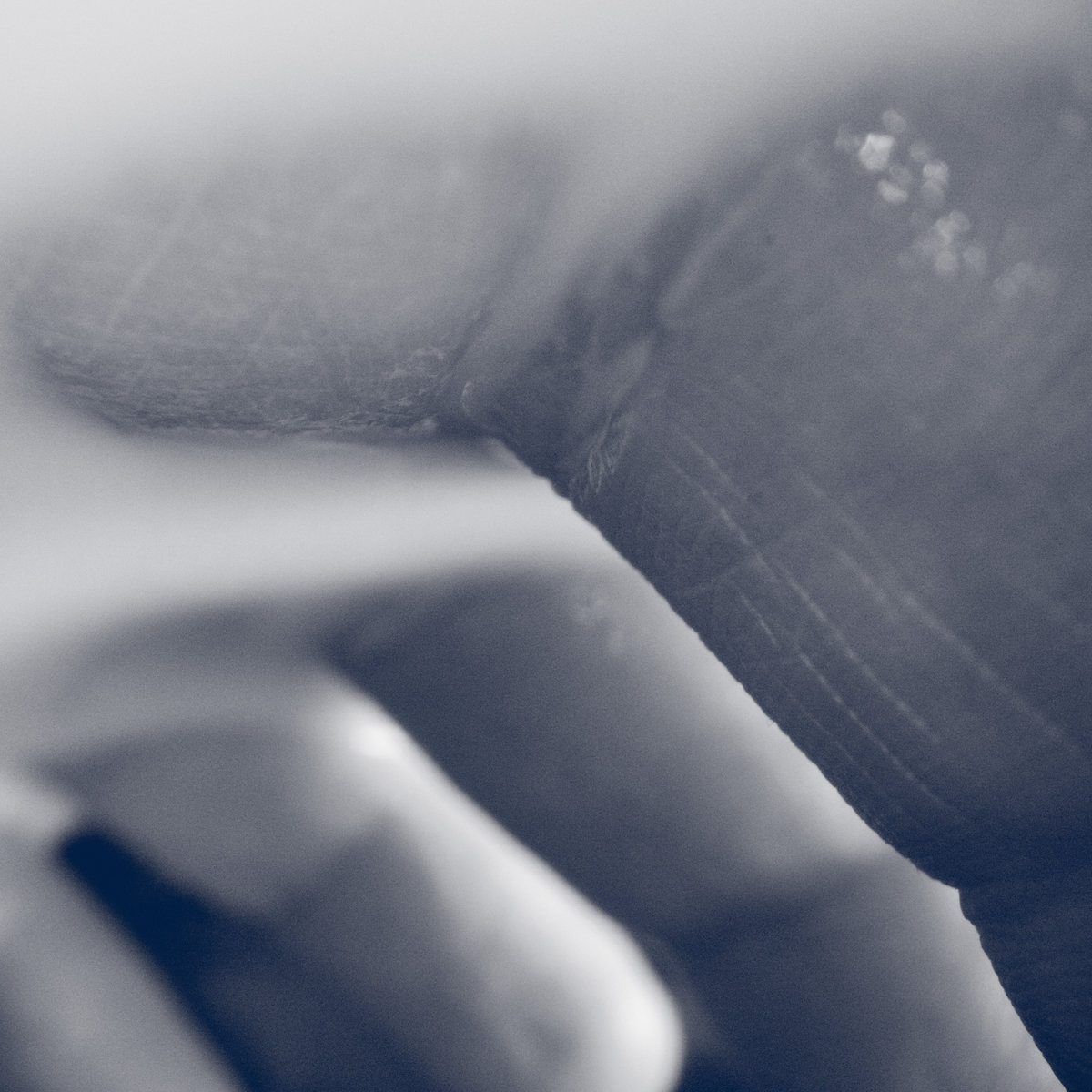Madeleine Cocolas, "Bodies"
 This latest full-length from Australian composer Madeleine Cocolas is billed as a companion piece to 2022’s acclaimed Spectral, as the two albums have something of a conceptual yin/yang relationship: Spectral was devoted to “evoking memories and emotions,” while Bodies “is about being present in your body.” The title also has a dual meaning this time around, as Cocolas sought to explore “similarities between bodies of water and human bodies” and “blur the boundaries between them.” As is the case with most conceptual inspirations behind instrumental albums, it is hard to say how much of that actually comes through in the music, but it makes for interesting contextual background and it seems to have triggered a significant creative evolution, as Madeleine makes beautiful use of manipulated field recordings. That element alone is enough to set her apart from other ambient/drone artists in the Room40 milieu, but I was also struck by her talents for sound design and virtuosic ability to interweave countless moving parts in dynamically compelling ways. At its best, Bodies feels like a minor deep listening/headphone masterpiece.
This latest full-length from Australian composer Madeleine Cocolas is billed as a companion piece to 2022’s acclaimed Spectral, as the two albums have something of a conceptual yin/yang relationship: Spectral was devoted to “evoking memories and emotions,” while Bodies “is about being present in your body.” The title also has a dual meaning this time around, as Cocolas sought to explore “similarities between bodies of water and human bodies” and “blur the boundaries between them.” As is the case with most conceptual inspirations behind instrumental albums, it is hard to say how much of that actually comes through in the music, but it makes for interesting contextual background and it seems to have triggered a significant creative evolution, as Madeleine makes beautiful use of manipulated field recordings. That element alone is enough to set her apart from other ambient/drone artists in the Room40 milieu, but I was also struck by her talents for sound design and virtuosic ability to interweave countless moving parts in dynamically compelling ways. At its best, Bodies feels like a minor deep listening/headphone masterpiece.
The opening “Bodies I” provides an alluring introduction to Cocolas’s current vision, as it slowly fades in as a seismic drone throb beneath gently undulating and murmuring strings lingering in a flickering state of suspended animation. Gradually, it intensifies in power and takes on a more spacy, dreamlike tone, but the overall effect is akin to that of a billowing cloud of blissed-out ambiance with a roiling and unpredictable swirl of anguish and unease at its center. It is probably one of the most mesmerizing headphone pleasures on the album, but the following “Drift” is a similarly inspired slow burn. For one, it is the first piece to noticeably involve water sounds and her talent for sound design transforms those sounds into something that feels wonderfully immersive, viscous, and physical. “Drift” is also an unusually melodic piece, as a pulsing organ melody is gradually fleshed out with warm, rich chords. Also unusual: the chords and melody predictably steal the focus initially, but closer listening reveals a vivid psychotropic wonderland beneath the surface, as the layers of moving parts increasingly bend, smear, pan, change speeds, change rhythms, and organically ebb and flow around the melody. To my ears, that is what makes Madeleine Cocolas’s work feel like something special and singular: her genius for weaving together richly detailed layers of continually evolving field recordings, processed voices, and electronic instruments into a seamless organic fantasia.
The following “The Creek” can reasonably be described as a more sensuous and ambient-adjacent variation on the same themes (viscous water sounds, slow-motion drone swells, shimmering dreaminess, etc.), but the album’s second half descends into more darkly lysergic terrain. The biggest surprise is “A Current Runs Through,” which opens with gnarly feedback blooms and a slowed down heartbeat before expanding into smoldering doom metal chords. That is merely the foundation, however, as she pulls off some truly gorgeous sorcery with chords converging and resolving in unusual ways. “Exhale” heads even deeper into the darkness, landing somewhere between a chopped-and-screwed Coil, a demon visitation during sleep paralysis, and the lonely final breaths of someone in a shuddering ice cave as an extradimensional portal yawns into being. The final “Bodies II” then brings the album to a close with a different flavor of darkness, alternately resembling a deconstructed giallo soundtrack, a haunted parking garage groaning to life, a fog-shrouded folk horror moor, and a fading phantom broadcast from deep space.
To Cocolas’s credit, all six pieces on Bodies are absorbing and masterfully executed enough to make picking a favorite a challenge. Normally, I am not someone who goes into raptures over sound design, but this album is a rare exception where the mixing and production are impressive enough to eclipse the compositions themselves (in a good way). In the album description, Madeleine notes that when she listens to these pieces, she imagines herself floating on her back with her “ears half submerged in the water, being pulled back and forth by currents and tides with a sense of vulnerability and release.” While I don’t think anyone has ever managed to successfully capture that sensation in album form, Madeleine Cocolas probably comes closer than just about anyone (just like it is damn near impossible to paint anything as beautiful as a real sunset, it is a mighty tall order to record something more impressive than an actual ocean). That said, I genuinely love how Madeleine makes water sound on this album, but I am even more impressed by how she has brilliantly mirrored some of its physical traits in the structure of these pieces (fluid, cyclical transformations; a sense of immersion; the dissolution of clear boundaries between layers). Cocolas is definitely onto something wonderful here.



